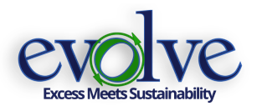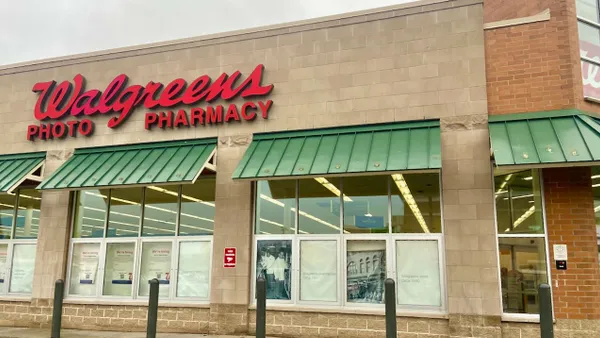Dive Brief:
-
The U.S. unemployment rate declined to 4.6% to 7.4 million in November — the lowest rate in more than nine years — as total nonfarm payroll employment increased by 178,000 jobs, the U.S. Bureau of Labor Statistics reported Friday.
-
Employment gains occurred in professional and business services and healthcare, according to the report, while employment in other major industries, including retail, changed little.
-
One development in the report worrying to retailers: The average hourly earnings for all employees on private nonfarm payrolls declined by 3 cents to $25.89, following an 11-cent increase in October. Over the year, average hourly earnings have risen by 2.5%. Average hourly earnings of private-sector production and non-supervisory employees edged up by 2 cents to $21.73 in November.
Dive Insight:
Over the past 3 months, job gains have averaged 176,000 per month, the U.S. Bureau of Labor Statistics said. While the employment picture is likely to give the Federal Reserve the reason it’s been waiting for to increase interest rates, declines in household earnings and other signs of weakness could hurt retailers dependent on consumer confidence and spending.
There are other causes for concern in Friday’s report that undermine the overall robustness of the numbers. The number of part-time workers who prefer full time work remained steady in November at 5.7 million, though down by 416,000 over the year, and the number of unemployed people willing and able to work (who are not counted in the unemployment numbers because they hadn’t searched for work in the four weeks before the survey, or so-called “discouraged workers”) numbered 1.9 million in November, up by 215,000 from a year earlier.
“There is a bifurcation of the work force,” Jonas Prising, chairman and CEO of employment company ManpowerGroup, told the New York Times. “There used to be part of work force that had well-paying jobs that were low or unskilled. Those kinds of jobs are very difficult to find today. Exactly this same polarization of the work force with the same concerns about the future is what’s playing out in all developed countries.”
The economy has improved drastically, in slow and unsteady ways, since the Great Recession of 2009, and it’s unclear what the changeover in the White House means for that progress, which is dependent on a variety of fiscal policies. For some economists, the uncertainty and the uneven progress suggest the Fed should hold off on rates. For retailers, it could mean that price will continue to be a factor when appealing to shoppers.














